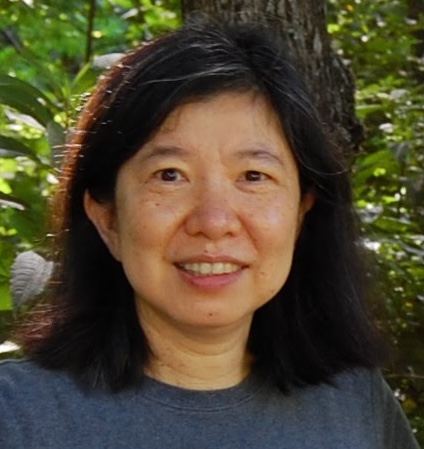Below is a summary of the abstract you submitted. Presenting author(s) is shown in bold.
If any changes need to be made, you can modify the abstract or change the authors.
You can also download a .docx version of this abstract.
If there are any problems, please email Dan at dar78@pitt.edu and he'll take care of them!
This abstract was last modified on June 3, 2024 at 3:31 a.m..

As phage research continues to develop, one area in the early stages of investigation is the characterization of marine phages. To isolate phages from a marine environment sample, we thought it would be proper to characterize and culture the resident bacteria and then choose particular bacterial strains as hosts for phage hunting. Here, we report the research on beach microbiome and marine phage hunting in the great Pensacola area over the past three years. We cultured a few bacterial strains from Pensacola Beach, among which strains of Microbacterium oleivorans and Erythrobacter citreus were used for phage hunting, and M. sp. Casco Bay and M. foliorum NRRL B-24224 provided by the SEA-PHAGES community. While isolation of E. citreus phages seemed relatively straightforward, modifications of concentrating sample lysates were required to isolate Microbacterial phages from marine environmental samples. Also, the M. oleivorans strain we isolated was difficult to work with. In the end, we were able to characterize five phages: PortlandC27 and PensacolaC28 (M. sp. Casco Bay phages), WestPM and WestFL (M. foliorum NRRL B-24224 phages), and Horizon (an E. citreus phage). We sequenced four out of these five. PortlandC27 and PensacolaC28 turned out to be derived from the same phage, with a genome size of 16,749 bp, and are categorized as a singleton of the Actinobacteriophage database. WestPM is an EA11 phage with a genome size of 39,693 bp. Phage Horizon has a genome size of around 151 kb. We would like to get your feedback on a few things: a) the usage of locally isolated bacterial strains, how to tell if it is lysogenic, b) how to increase the efficiency of marine phage hunting, and c) the metagenomic approach to learning diversity of marine phage.

